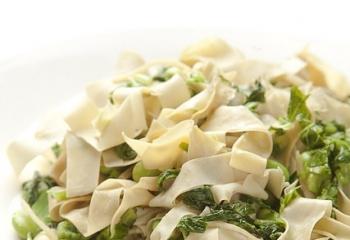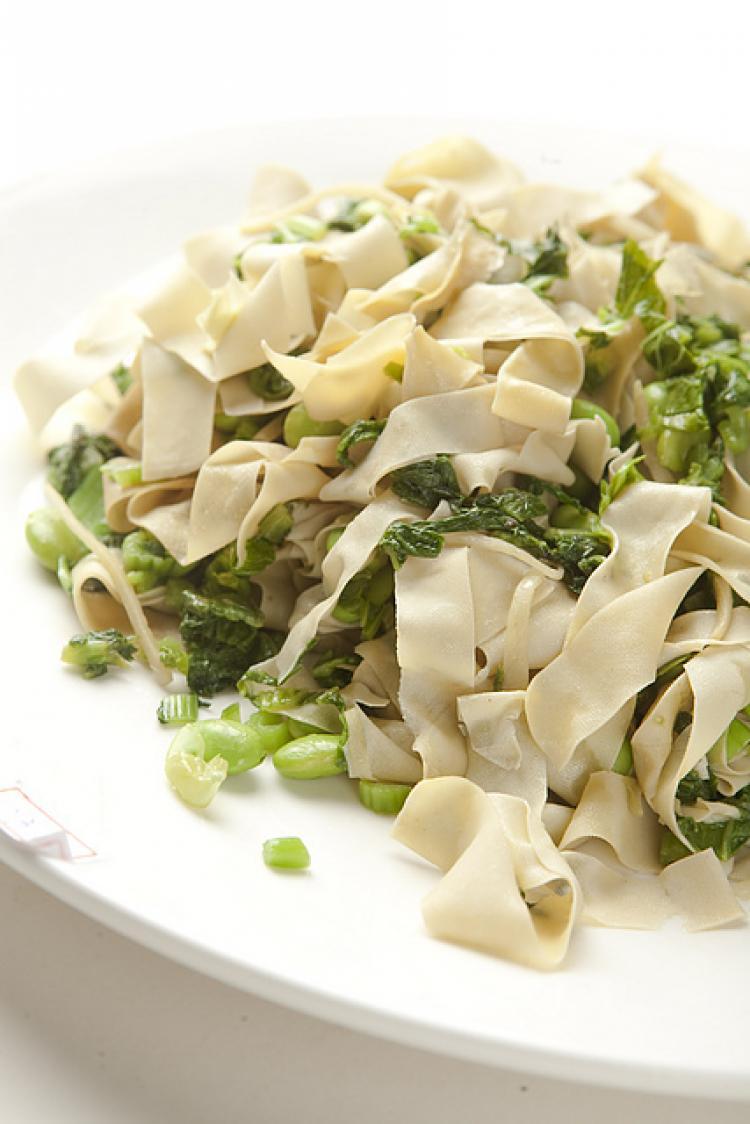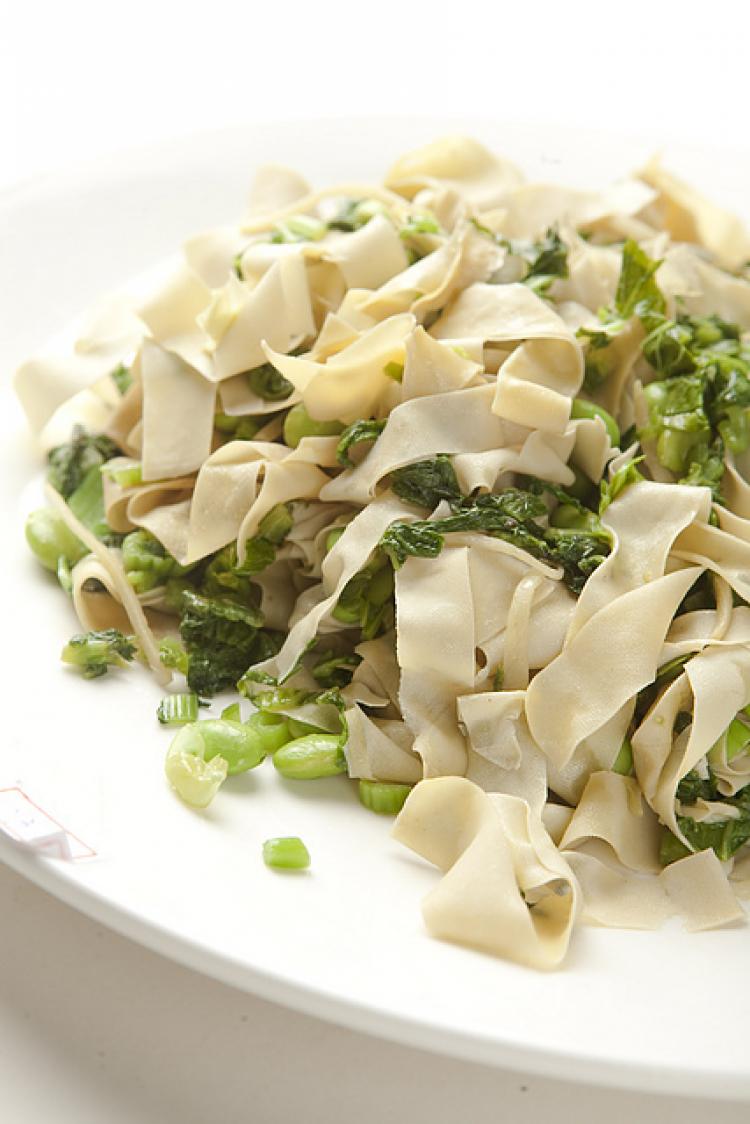Traditional Chinese cooking takes very seriously the theories of balance and seasonality. Its strict adherence to yin-yang theory rises from the idea that food is medicine, and different foods are closely tied with different parts of the body.
Briefly, the theory of yin and yang states that all natural phenomena have opposites that complement each other. Generally speaking, foods that have higher water content are considered “cool,” or yin, in nature.
These are often foods that are boiled or steamed. Foods that have higher energy content, particularly from fat, are considered “warm,” or yang, in nature. These are often foods that are fried or roasted.
According to this theory, a diet that has a balance of yin and yang foods will help prevent illness and emotional problems. One should eat “cool” food when it is warm and “warm” food when it is cold.
The Five Elements
Another fundamental theory in Chinese cooking is the theory of the five elements. All matter in the universe is made up of the five elements fire, earth, metal, water, and wood. From this theory comes the idea of the five flavors—bitter, sweet, spicy, salty, and sour.
The five elements also correspond to the colors red, yellow, white, blue, and green, which in turn correspond to the five main organs of the body (heart, spleen, lungs, kidneys, and gallbladder).
Chinese scholar Yi Yin of the Shang Dynasty related the five organs to the five flavors, since it was believed that each food has specific properties to maintain health and harmony in the body.
Food as Medicine
In Chinese culture, food, and medicine are closely related. The practice of traditional Chinese medicine places great emphasis on achieving balance in one’s body for the regeneration of the body’s systems and organs.
Over 3,000 years ago, the Yellow Emperor wrote in his classic book on internal medicine, “Huangdineijing,” that if people wanted to obtain health and longevity, they should eat food with “five colors, five tastes, and five fragrances.”
White (metal) food: White-colored foods give people a clean feeling and purify the lungs.
Green (wood) food: Green is the color of life and impacts the liver. It is a fundamental link in the food chain, and green food is the food source of both people and animals.
Black (water) food: Black impacts the kidneys. The kidneys are the fatal organs among the five organs, and the origin of life.
Red (fire) food: Red impacts the heart. Eating more red-colored food can help one’s immune system and prevent colds.
Yellow (earth) food: Yellow corresponds to the spleen. The spleen transforms and transports the energy from food and drink throughout the body. Yellow foods also correspond to the stomach.
Satellite channel New Tang Dynasty Television will host the 2009 Chinese Culinary Competition in New York on Sept. 26 and 27. The annual competition is the only global event to celebrate the art of Chinese cooking.
Chefs will compete in the following major regional cooking styles:
Sichuan cuisine: Native to southwestern China, it is known for bold flavors, particularly the spiciness resulting from liberal use of chili and Sichuan peppercorns. Sichuan cuisine often contains food preserved through pickling, salting, drying and, smoking, and is generally spicy.
Shandong cuisine: Born in the eastern coastal areas of China, Shandong cuisine consists of two major styles. Jiaodong style is characterized by the use of seafood in its cooking, with light tastes, and Jinan style is noted for its soup and use of soups in its cooking style.
Huaiyang cuisine: This style was developed in Anhui Province, Jiangsu Province, and Zhjiang Province. It is known for its use of wild game and herbs, from both the land and sea, and simple methods of preparation. Braising and stewing are common techniques. It selects ingredients strictly, according to the seasons.
Cantonese cuisine: Cantonese food is the best known outside China. Most “Chinese” restaurants in Western countries serve Cantonese cuisine. Besides pork, beef, and chicken, Cantonese cuisine incorporates almost all edible meats—including organ meats, chicken feet, duck and duck tongues, snakes, and snails. Spices are used in modest amounts to avoid overwhelming the flavors of the primary ingredients.
Dongbei cuisine: From northeastern China, Dongbei cuisine relies heavily on preserved foods and hearty fare due to the harsh winters and relatively short growing seasons. Pickled cabbage is traditionally made in giant clay pickling vats. The staple crop in northern China is wheat as opposed to rice. Another distinct feature that separates Dongbei cuisine from other Chinese cuisines is to serve more raw vegetables and raw seafood in the coastal areas.








